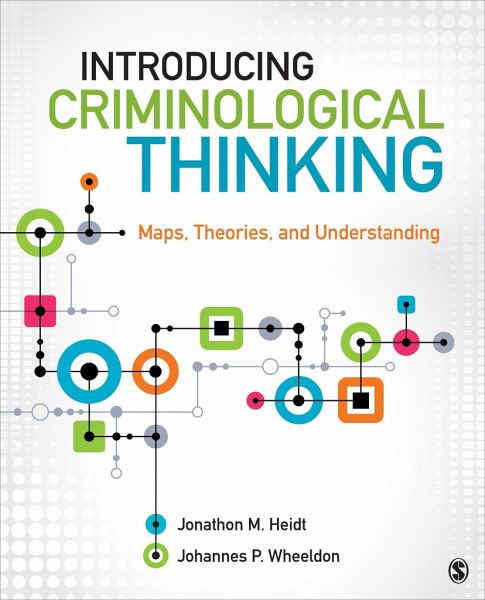Nicht lieferbar

Introducing Criminological Thinking
Maps, Theories, and Understanding
Versandkostenfrei!
Nicht lieferbar
Introducing Criminological Thinking

Maps, Theories, and Understanding
Rechnungen
Bestellstatus
Retourenschein
Storno